11 Unforgettable Things To Do in France
This website uses affiliate links which may earn a commission at no additional cost to you. As an Amazon Associate I earn from qualifying purchases.
Updated: 29th March 2024
Gawking at a twinkling Eiffel Tower, cramming into the Mona Lisa’s tiptoeing crowd, and tipsily serenading passers-by in scant French à la Moulin Rouge are some of France’s famed first-time experiences – well, they were mine, anyway. But if you’re aspiring for more than a pre-prepared, Paris-heavy checklist, you’ll want to venture beyond the crème de la crème capital to experience the best of France.
Oui, the world’s most visited country has an Eiffel Tower-sized list of activities, something I can attest to after a dozen or so visits. Powderchasers should beeline to the southeast for perfect winter pistes, summer sun-seekers will want to sizzle on the seductive shorelines of the Cote d’Azur or Corsica, while historians can trace stories along Normandy’s D-Day beaches or atop its isolated island abbey.
And then there’s all that food and wine. Oh là là! Finding France’s joie de vivre is as effortless as devouring your way through some of Europe’s best food cities, such as bouchon-heavy Lyon or perfectly wine-paired Bordeaux. But the menu doesn’t end there. From flitting between lavender blooms to micronation border-hopping, these are my picks of the best things to do in France.
Taste your way through an appellation (or two)
Madame et monsieur, what will it be? An oaked Chablis, light and fresh Beaujolais, or a criminally good Châteauneuf-du-Pape? Whatever your order, you’ll be embracing one of France’s best experiences: sampling a selection of the world’s finest wines. But in addition to popping corks at closely huddled tables, factor in a delicious Domaine visit, a boozy wine marathon, or an overnight vineyard stay to exhaustively appreciate the land of award-winning vintners and seriously credential-clad sommeliers.
Settling into a tasting room, perhaps in a château or a more humble farmhouse, is the quickest way to gain intimate knowledge of France’s top-notch vins. When I worked in a French restaurant in London, one of the job’s greatest joys was occasional trips across the channel to meet knowledgeable makers and hand-select new vintages for the wine list – an essential “research experience” I think every visitor to France should have. And you won’t even have to travel far to say santé amongst the vines. Wineries are everywhere.
There are the most famous appellations, of course, such as Bordeaux and Champagne – less than two hours from Paris – but don’t overlook the likes of Alsace, easy to explore if you’re at Colmar’s Christmas markets, or the very palatable rosés of Province’s vines, a perfect detour on a French Riviera road trip. The bad news? A designated driver in France is a must.
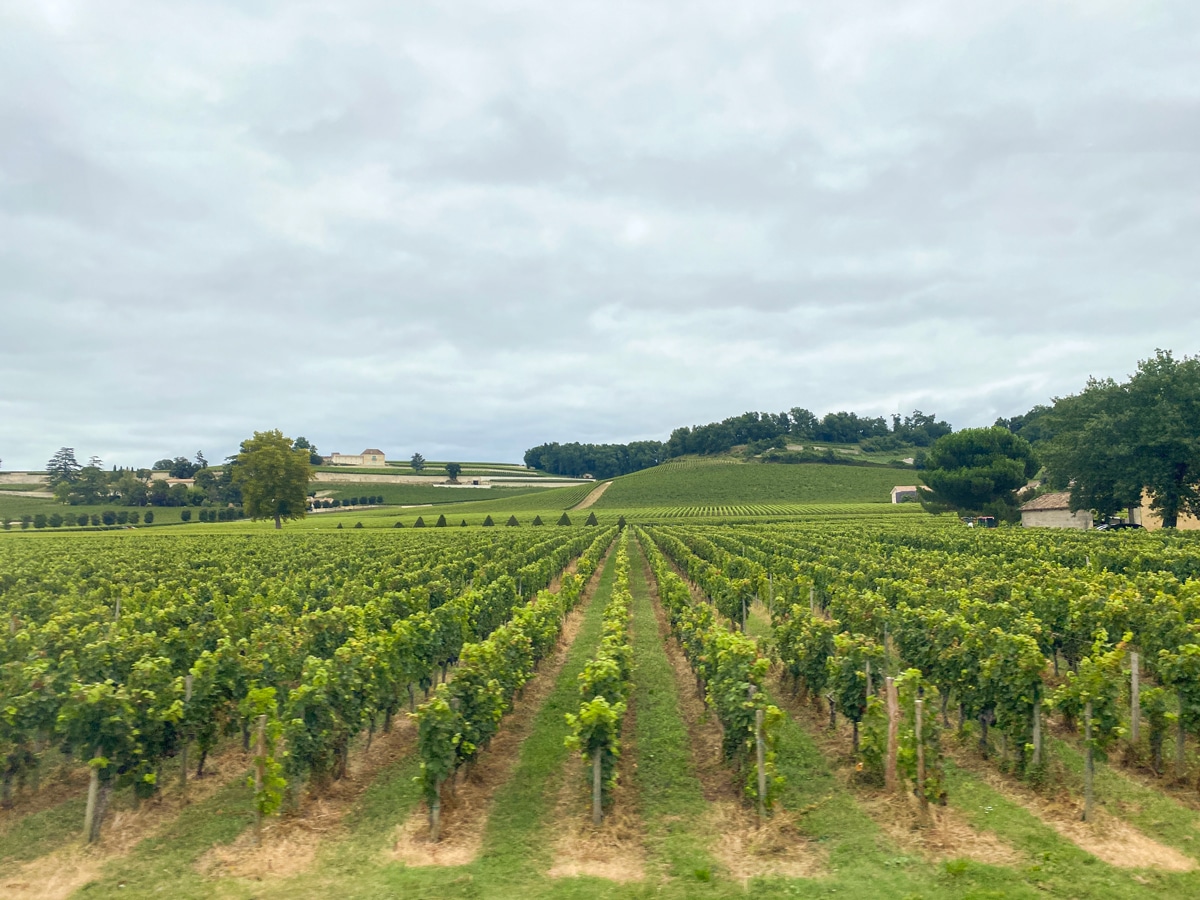
Embark on a river cruise
L’Hexagone is handsome from all angles, but perhaps even more so when cinematic castles and Cézanne-inspiring countryside unhurriedly glide by. For a trip with distinction – one free of traffic and hotel-hopping – why not explore France’s highlights on a river cruise? Like the country’s wine list, the waterway prospects are extensive, with cruises along the Dordogne, into the Loire Valley, or tracing the border-crossing Rhine all bundling many of France’s best experiences into one dreamy getaway.
The most obvious first-time route would be a Seine river cruise from Paris. Leaving the city of love in your wake, a one-week cruise will smuggle you away to Calvados distilleries, Rouen’s jaw-dropping cathedral, and the half-timbered houses of Honfleur. For something slightly ‘offbeat’, consider the Loire Valley, journeying in a barge along the River Cher to see the 17th-century, river-crossing Château de Chenonceau. Or begin your waterway love affair in Lyon by sailing down the Rhône for terraced vineyard views en route to Provence’s vivid lavender and limestone towns. Whichever ship you board, you can be sure of a bon voyage.

Stay in a château
Not keen on a cabin? No problem. There’s no need to set sail to upgrade your France sleeping experience. How about an equally indulgent night or two in a château? You might also be surprised at how affordable it can be. Sure, there are some out-of-this-world chateaux with equally eye-watering prices – the cost of one night at Airelles Château de Versailles can make a river cruise seem cheap – but hunt around for a small, family-run pick, and you can have your champagne moment at (nearly) lemonade prices.
Why? Because there are thousands of these stately residences speckling the county. Unlike in the Middle Ages, when the term only referred to imposing castles and regal palaces, its use expanded to cover any large, decadent dwelling over the centuries. All excellent news for those of us on a budget. My first time feeling like French aristocracy (the good kind, not the post-revolution guillotine kind) was sinking into a four-poster bed in the bubblegum-painted Château Hôtel du Colombier near St Malo – and it was barely any more expensive than a hotel in town. So, widen those hotel searches, hunt out a regal countryside retreat, and regale yourself with one of the most luxurious things to do in France.
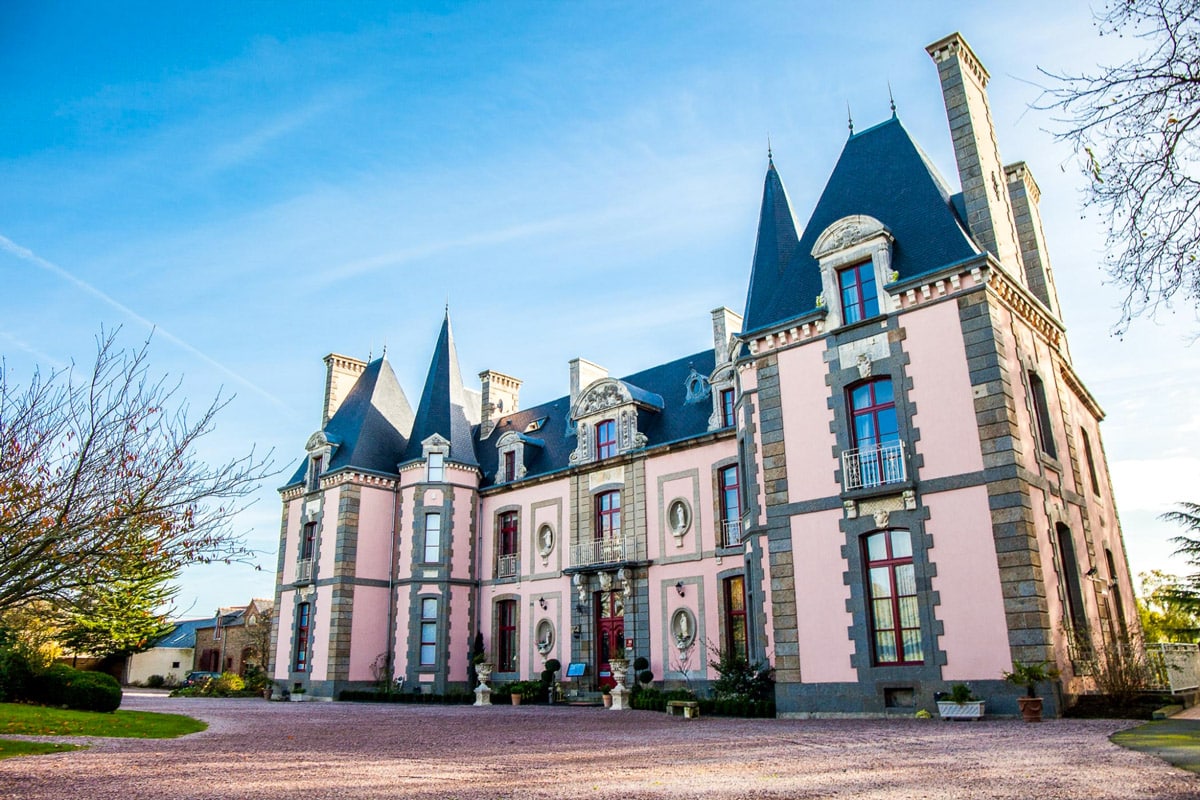
See the lavender blooms
Chances are you’ve seen a vibrant, violet-hued image of France where big skies meet endless lavender fields. And if you have, I’ll bet you want to tread through them, breathing in the sweet scent of blooms soundtracked by buzzing bees. Well, you’re not alone. A visit to Provence’s lavender fields is one of the most popular activities in France. Thousands flock to Luberon and Valensole from late June until early August to see this colourful, camera-friendly extravaganza. Advanced planning to snag accommodation is therefore critical, but be aware that in recent years, with climate change, there have also been shifts in when the lavender blooms.
If the idea of expensive stays and crowded fields doesn’t sound appealing, follow my lead and head to Auvergne-Rhône-Alpes in mid to late June instead. Last year, I spent some delightful days around Gringan and Montélimar in the Drôme, touring pretty fields, enjoying fair prices, and barely sharing the spectacle with another soul. Being slightly further north and not sporting the Provence label, this region has remained (slightly more) unsung. You might see more of the slightly shorter lavandin than true lavender up here, but honestly, it’s an almost unnoticeable trade-off.
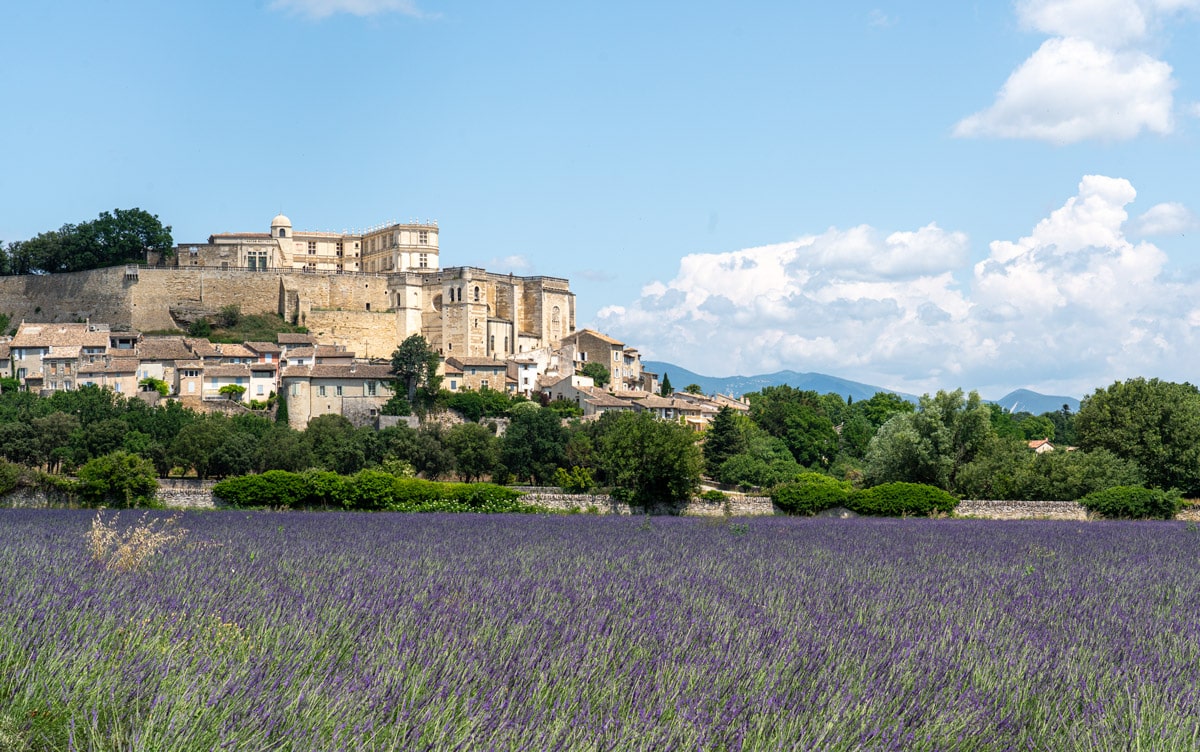
Pop to a micronation
Fancy racking up a few more (imaginary) passport stamps on your trip to France? You’re in luck. In the south, you can nip across to two of Europe’s smallest countries, Andorra and Monaco. Plus, border-hopping to Luxembourg is also on the cards. But be warned, Europe’s microstates are small in landmass but gigantic in price. Little is cheap in these tiny corners. Hence, a fleeting day trip can be a France must-do rather than a stand-alone trip.
Monaco, hemmed in by France’s Cote d’Azur, is a quick train ride from Nice. Or an even shorter helicopter ride if you’re as lucky as I was at Monaco’s famed Monte-Carlo Casino and decide to splash the cash on your transfer back. Its pocket-size is perfect for a whirlwind visit, and you’ll have time to tour the 15th-century Prince’s Palace (come around 11 am for the Changing of the Guard), amble around pretty gardens, and see the fascinating Grand Prix circuit, which is in fact formed of the nation’s normal roads. Better still, time your visit for late May or June and get your Formula 1 tickets in advance to see the real deal.
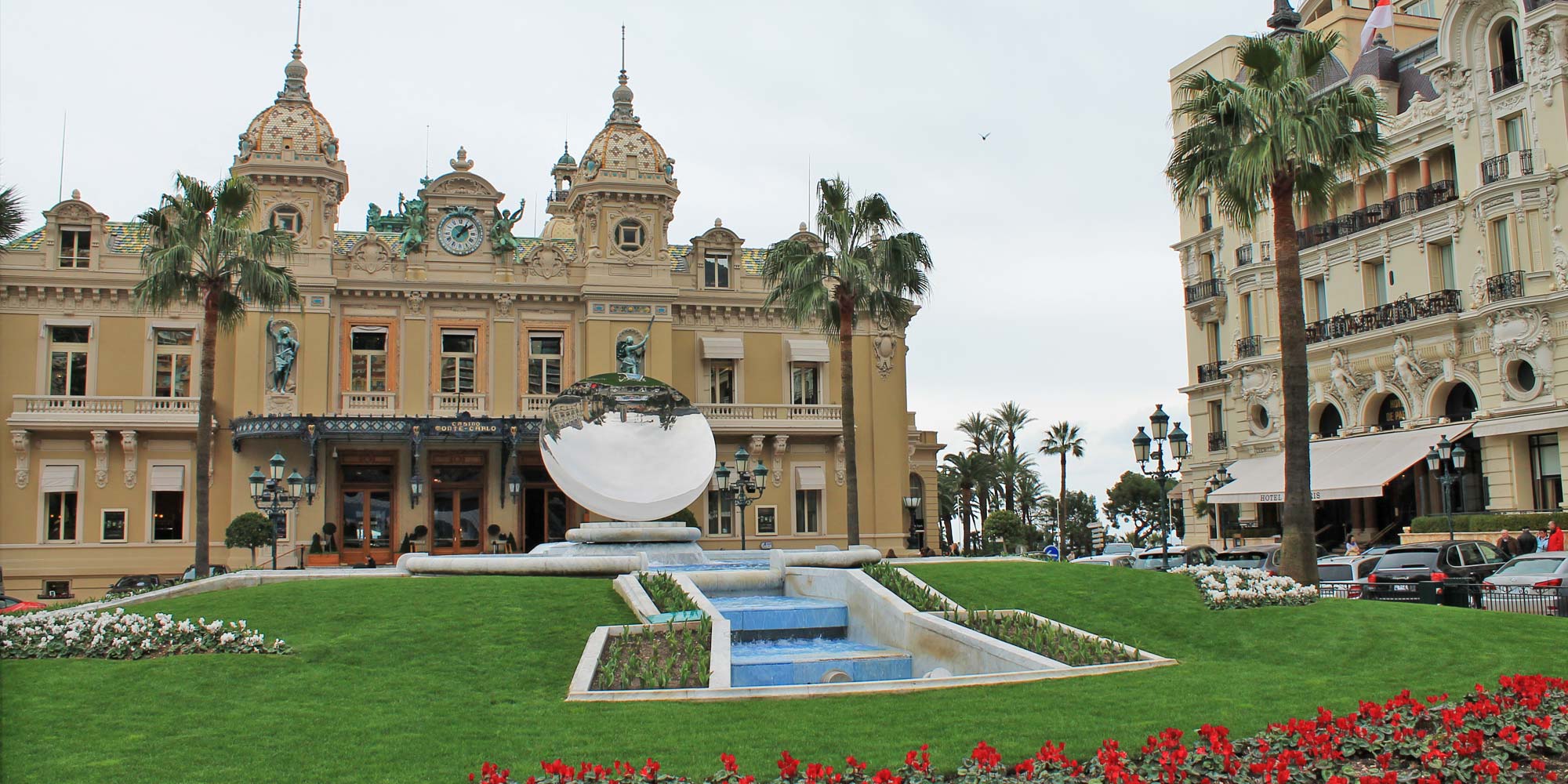
Across the other side of France, landlocked Andorra hides away in the Pyrenees mountain range, Spain just beyond. In winter, expect plenty of snow, while hiking and tax-free shopping rule supreme in summer. Luxembourg, however, is oh-so dreamy, and I’d argue that it deserves more than a day trip. Spend a night or two falling in love with the fairytale-like, multi-layered Old Quarters of Luxembourg City, and you’ll likely agree with me that it’s one of Europe’s most underrated cities.
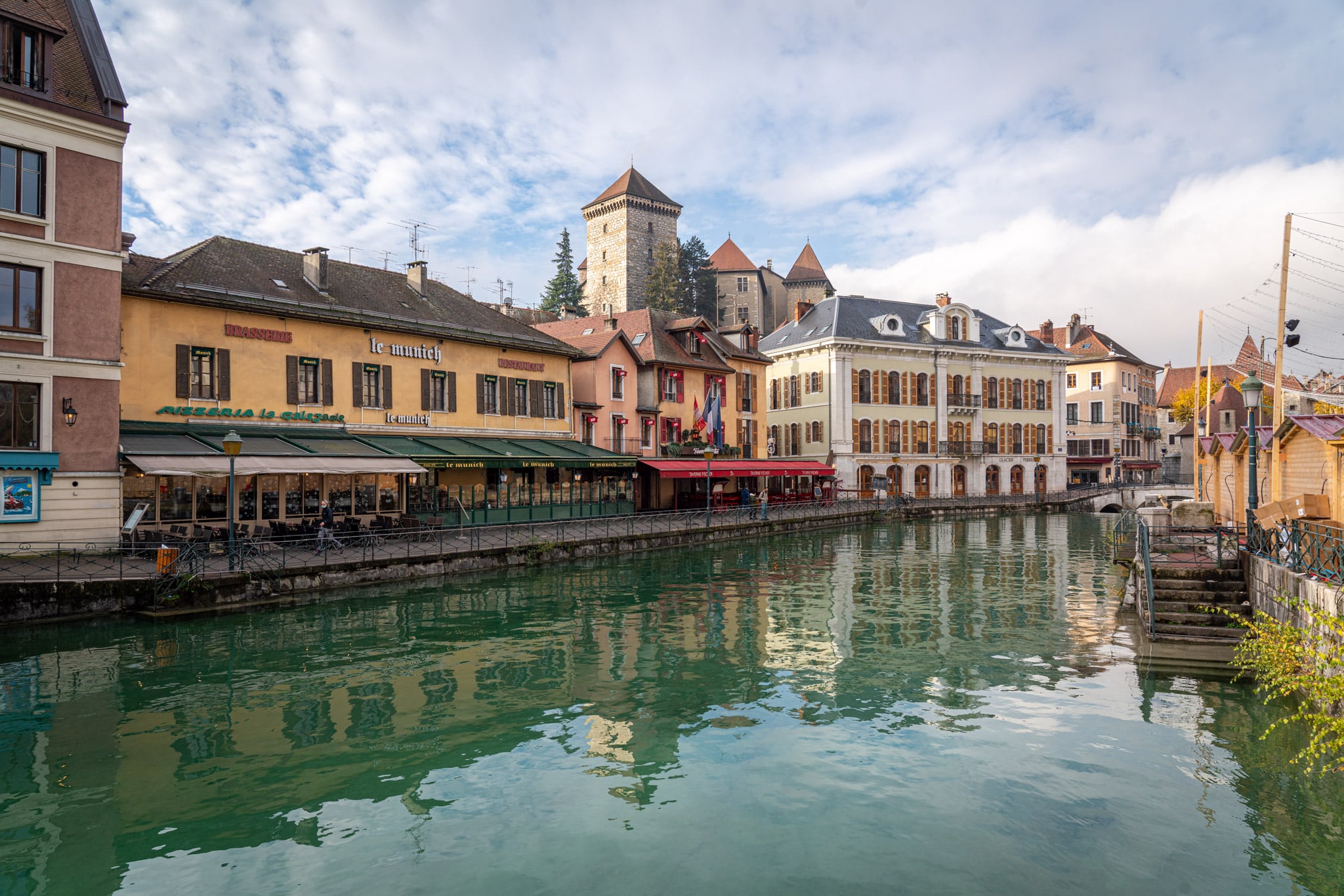
Slip away to medieval villages and towns
Going off the beaten path in Europe is a delight, one that France elevates to another level. This country has gorgeous medieval villages and storied half-timbered hilltowns down to a tee. From walled Fougères in Brittany, which could have been plucked straight from a pop-up Disney book, to castle-crowned Najac in often-overlooked Occitania, you’ll soon stumble on a dreamy detour on any countryside road trip. And have you seen Semur-en-Auxois? Chef’s kiss!
But these pretty villages aren’t just ten a penny; they are all packed with their own only-in-France experiences. Walking the ramparts in outrageously handsome Carcassonne before chowing down on slow stewed cassoulet. Crossing the cobbles of postcard-perfect Annecy to SUP atop Alpine lakes and admire canal-splitting turrets. Or kayaking along the Dordogne to see Bergerac’s beauty from another angle. These are just some of my favourite French memories. Seriously, do yourself a favour and forgo the cities for a side trip – or ideally, a longer sojourn – and get to see France’s more timeless side.
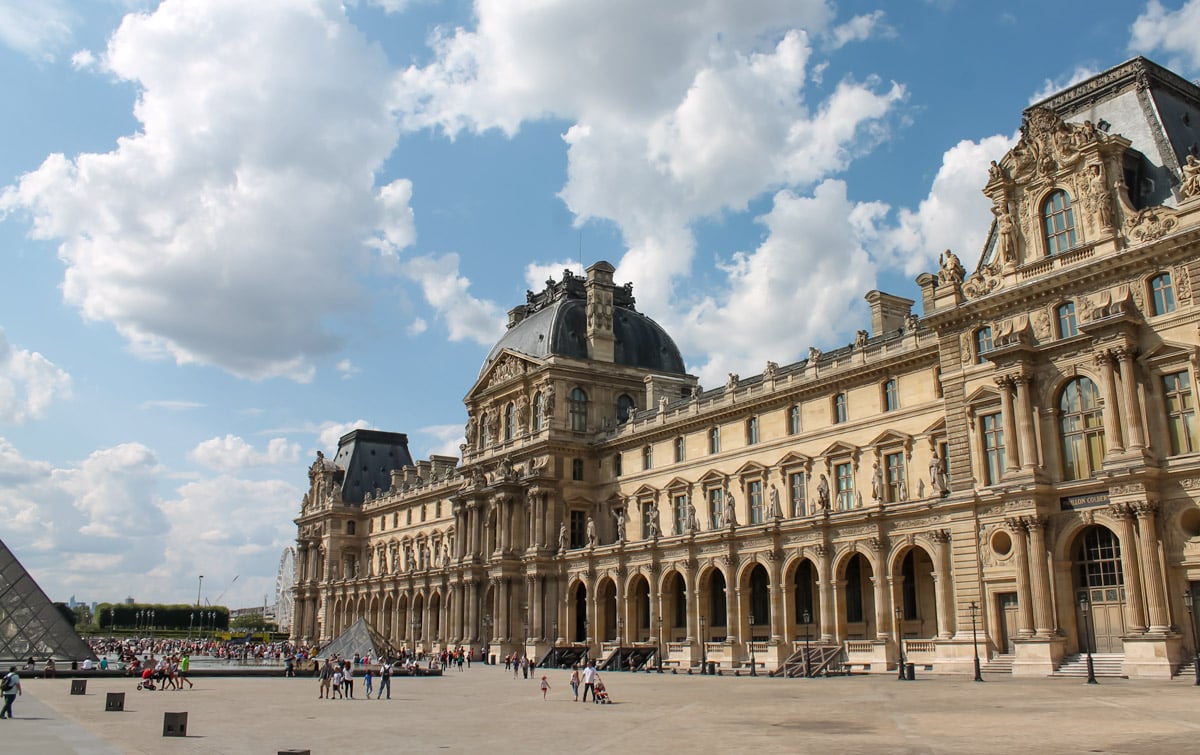
Linger a little longer in the Louvre
Nearly everyone will tell you that visiting the Louvre Museum is one of the best things to do in France. And to an extent, I agree. However, I can also understand why people walk away wondering what all the fuss is about. Sure, this is undoubtedly one of the greatest museums and collections in the world – if you’re into it. But if you’re only coming to spot the Mona Lisa, which, to pre-warn you, involves quite an intensely crowded, camera-wielding experience, you might leave less than impressed.
The Louvre is a museum that needs time. There’s a six-figure collection to admire here that could easily keep art aficionados engaged for days. If you can only spare an hour or two, missing some of the most spectacular pieces can be easy. My advice is to consider if it’s worth your time on a quick Paris getaway, especially given there is no shortage of other excellent museums and attractions across the capital and country. Or, perhaps join one of the fantastic guided tours, which not only showcase the best pieces in a short time frame but also explain some history about the magnificent building, part of which is a former Royal Palace.
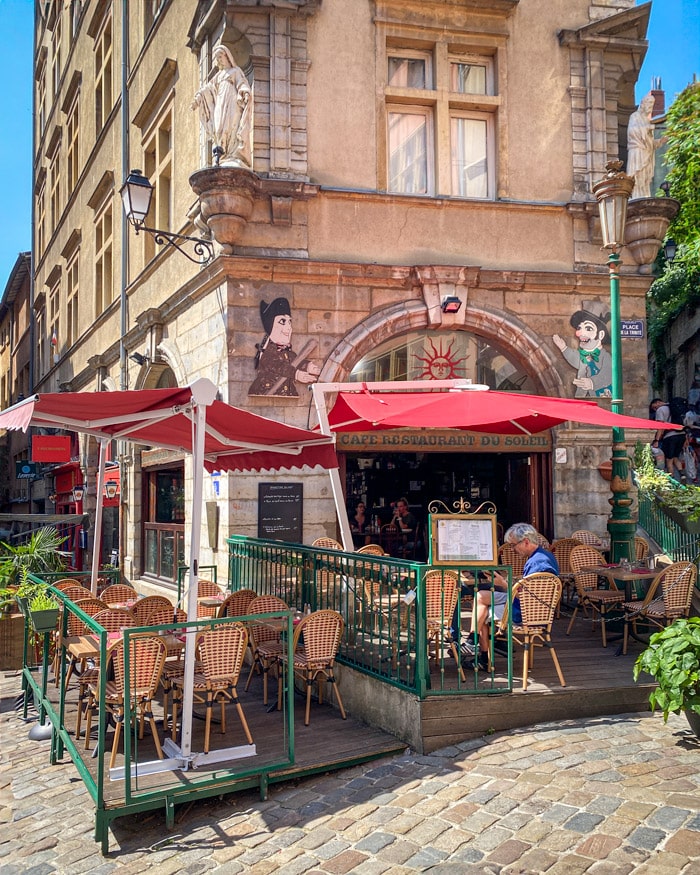
Eat everything
Charcuterie. Oozing cheeses. Refined cooking methods. Simple yet sublime sauces. The can’t-be-rivalled now UNESCO-listed baguettes. A well-seasoned, seafood-packed Bouillabaisse on a summer’s day in Marseille. Savoury, breakfast-stuffed galettes or freshly baked all-butter croissants. Bon appétit! Welcome to French gastronomy, where the degustation is endless. It’s no stretch to say that eating is one of the most tempting reasons to visit France, and you’ll tastebuds will be dancing from the very first hors-d’œuvre.
Sure, it’s a cliché. But to be fair, the French invented that word, as they did the countless acclaimed dishes. Just ensure your à la carte escapade extends beyond the big hitters. Forget escargot, macarons, and moules frites for a minute – especially the last one, as the Belgians would like a word – and extend your palate to all the provincial dishes. Whether you’re dining in one of Lyon’s many bouchon restaurants where sausages in all forms are the order of the day, trying the fatty-potato mix of Truffade in Clermont-Ferrand – the birthplace of the MICHELIN Guide – or having fresh Fine de Claire oysters shucked tableside in coastal Marennes, all the regional delights are delectable.
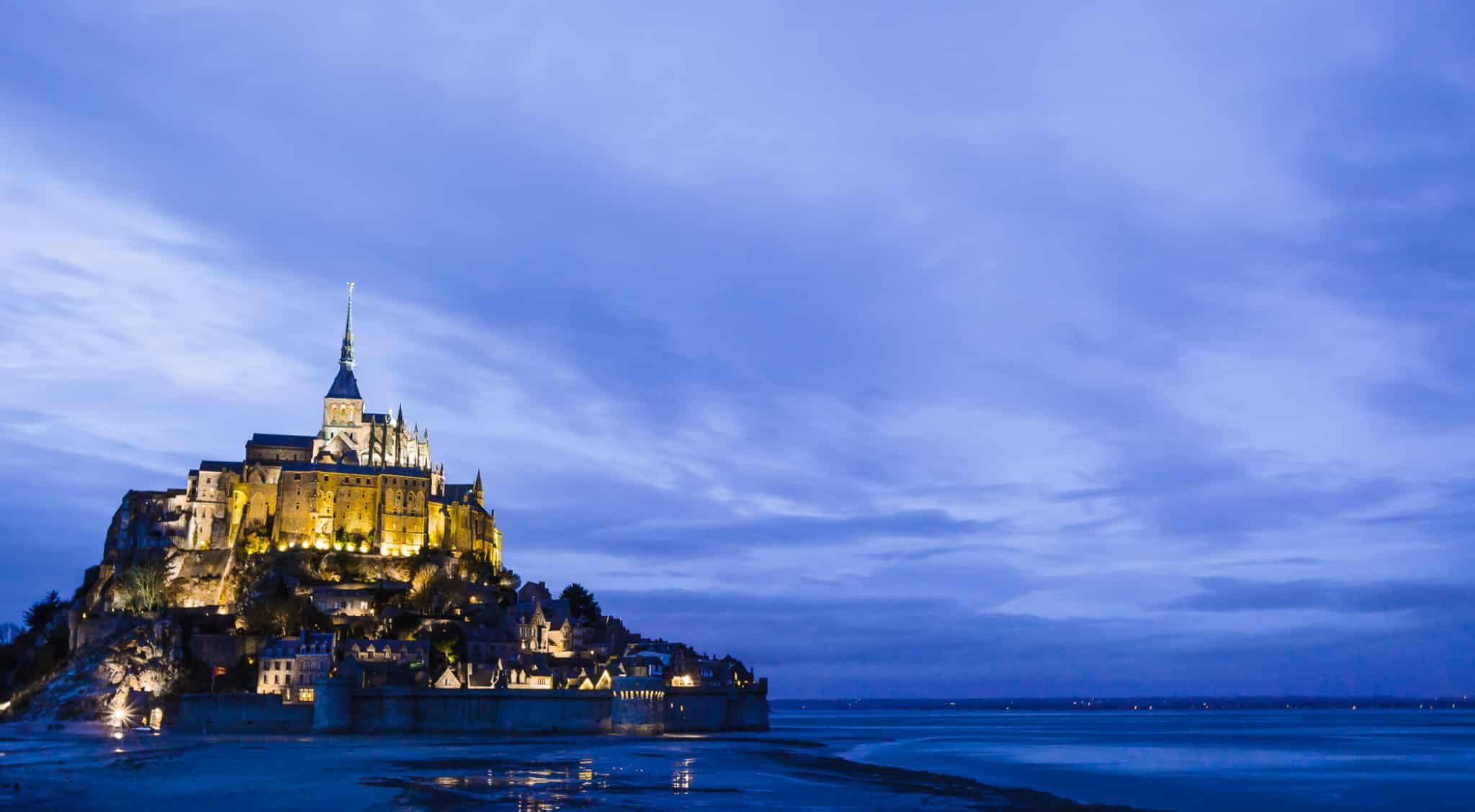
Make for Mont St Michel
From an overlooked islet to a monastery, convent and even prison, the unique island of Mont St Michel has built quite the curriculum vitae over the centuries. Nowadays, crossing the water-flanked bridge to the abbey-crowned island is one of Northern France’s top things to do for millions of visitors. Long gone are the days when only pilgrims ventured to this less-than-easy-to-access coastal outpost, which first gained religious buildings in the 8th century. Not that it’s all changed. The coastal constant of high tide cutting off the island from the rest of Normandy remains the same, though the more modern, permanent road makes access far easier than the previously twice-a-day submerged footpath.
Fascinating stuff, right? Well, it gets even cooler when you realise you can stay overnight. Pick from a handful of heritage hotels, such as Hotel Le Mouton Blanc, housed in a 14th-century half-timbered building, for a memorable sleep. Then, enjoy exploring the Gothic Abbaye du Mont-Saint-Michel, walking the ramparts, and picnicking in the gardens – after dark, with the daytrippers long gone, it’s arguably even more enchanting. Plan around the full moon, when the tides are most elevated, and you might witness the road completely underwater, allowing you to experience Mont St Michel as it was always intended to be: private and secluded.
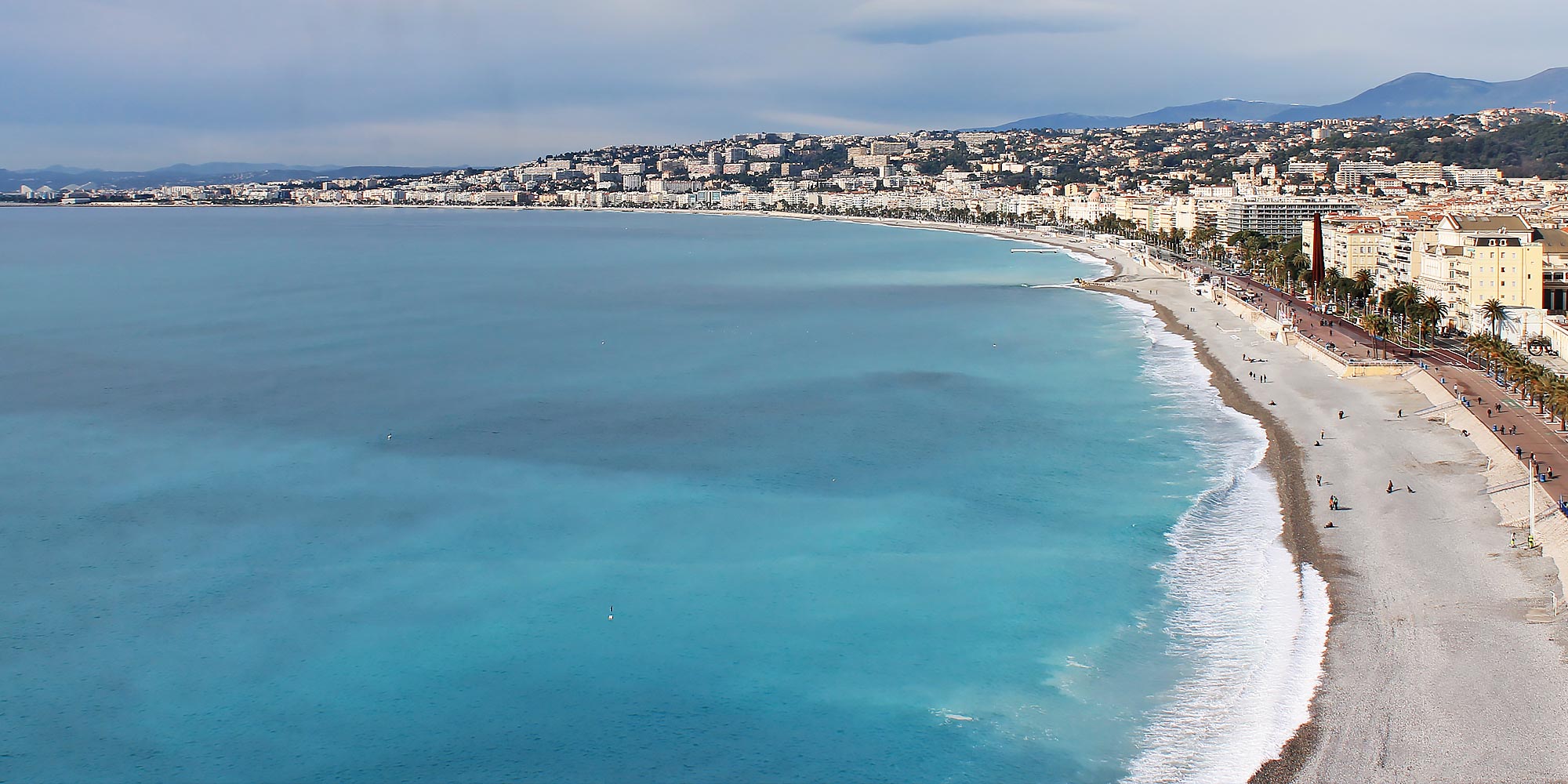
Roadtrip the French Riviera
From St Malo’s wave-battered, northern coastline to the gin-clear shores of sun-kissed Corsica, France earns bragging rights for its beaches. However, no other part of the country can compare to the French Riviera for worldwide magnetism. Yes, the Côte d’Azur, to use its formal name, is a French-language superlative: it’s très chic, luxe, and oh so élégant. Setting off on a road trip along the belles of French beaches will show you the best of it beyond fashionable Nice, the Riviera’s de facto capital, or cinematic-focused Cannes.
Stretching from Menton on the Italian border to Cassis (depending on who you ask) near Marseille, this roughly 260-kilometre coastal road trip crosses some of Europe’s best beaches, making it one of the best things you can do in France when the sun is shining. Marvel at Menton’s pastel-hued seaside homes and dense lemon groves, track Monaco’s race track, splurge amongst Saint-Tropez’s trendsetters and slow down for a second in postcard-perfect Sanary.
Be sure to pack a swimsuit, as once you’ve passed the pebbly beaches in and around Nice, you’ll be treated to spectacular sandy shorelines. Pick from the powdery sands of Plage de la Garoupe for a cape-yet-city coastal retreat or Plage de Bonporteau for a proper bay bolthole. Fancy throwing a few islands into the mix? Hop on a catamaran to Port-Cros National Park. Just maybe avoid August when it seems the whole of France is sizzling on the shores of the Côte d’Azur.
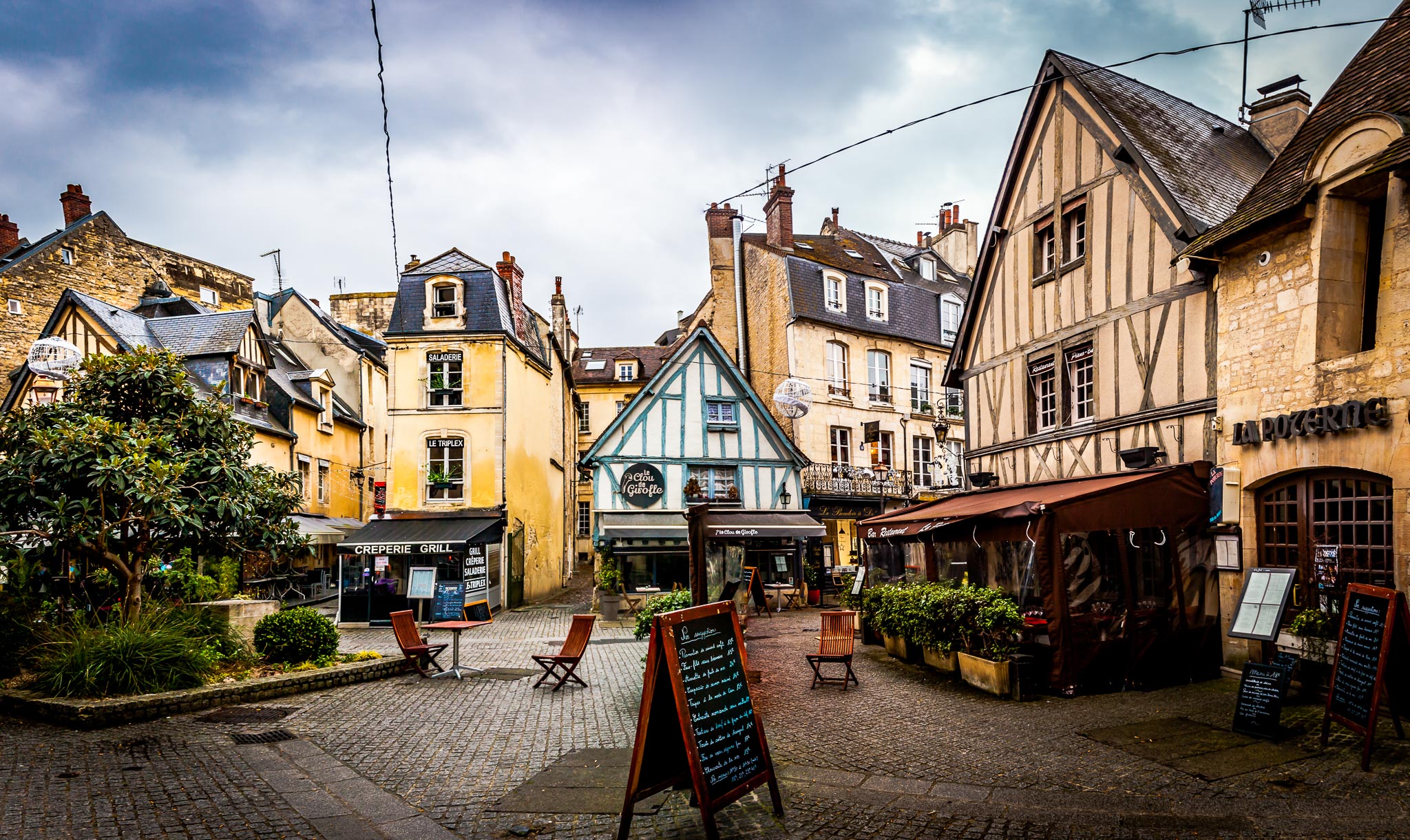
Book a city break beyond Paris
Some would say Paris is the best city break in France. I’d say au contraire. Sure, it’s one of the world’s most lusted-for cities, but there are plenty of reasons you might not become a super fan. Have you heard of Paris syndrome? It’s a terrible culture shock that traumatises some unsuspecting Japanese visitors in much the same way as Emily terrorises Parisians. In truth, it took me three visits to Paris before I started to see what the fuss was about. But I digress. The point is there are some serious contenders to rival the capital.
Lyon is up there. You get the river strolls, first-class dining, romantic Old Town and hill-topping Basilica but wrapped up in a much more manageable marvel. Bordeaux? Yes, please. This charismatic city is about much more than wines, though they are a good mid-day sip between exploring the numerous museums and pretty corners that “little Paris” offers. Think Marseille is a gritty port city? Think again. It’s a culture-packed Mediterranean city reborn.
Then there are all the smaller cities, which might not have the City of Light’s dazzle but still boast some of France’s best things to do. Caen’s Abbey is a sight to behold, playful Nantes, with its mechanical animal marvels, is a perfect weekend getaway, and Grenoble packs a cultural punch even when snow isn’t falling. Paris is an absolute must-visit – just be sure to return to France to explore more of the good stuff.


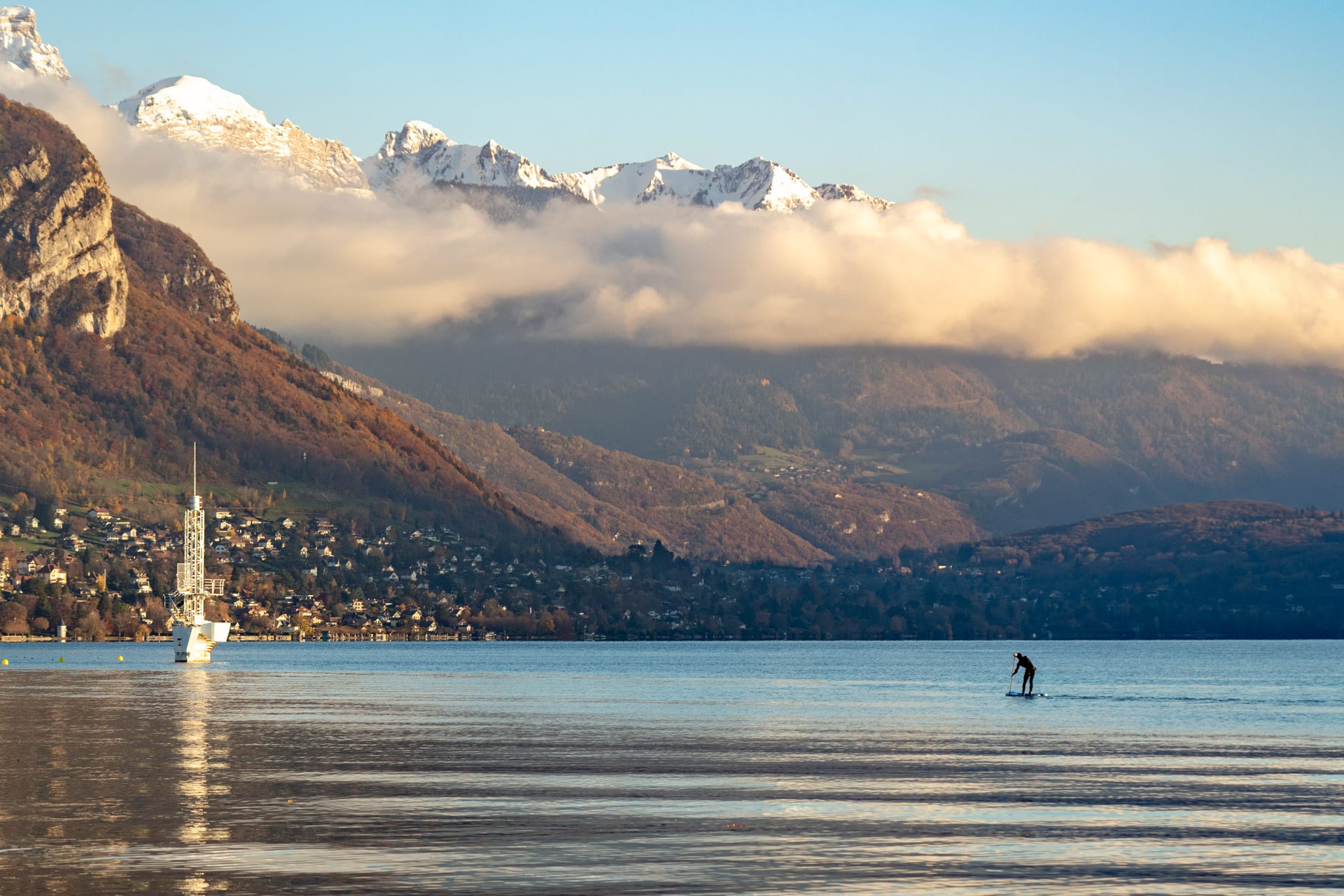



Leave a Reply
Want to join the discussion?Feel free to contribute!